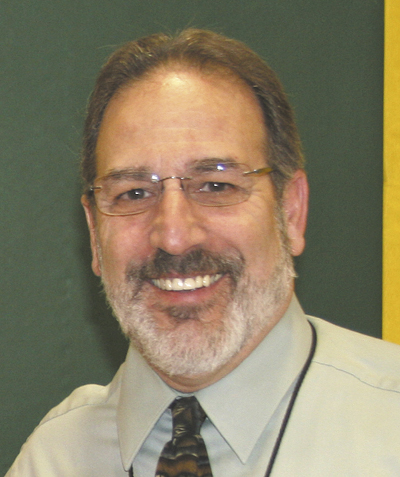AUGUSTA — Educators criticized a proposal to cut special-education programs at the Capital Area Technical Center and a resident chastised the Board of Education on Monday for seeking public input on the budget without providing copies of the budget to the public.
The proposed $26.7 million school budget would cut three special-education programs at CATC, which is attached to Cony High School and takes students from several area schools.
Cutting the PALS, or Preparing for Adult Living program, at the technical center is projected to save about $78,000 by having the sending schools provide the program services. Elimination of the introduction to building technology and introduction to automotive careers classes, which both take special-education students at the technical center, would save about $62,000 each, according to James Anastasio, interim superintendent.
Anastasio said the automotive careers and building technology classes were being cut, in part, because of low enrollment. CATC instructors criticized the cuts at a public input session Monday, saying they were concerned special-education students’ needs would go unmet and, without the programs, they would find it hard to succeed in other CATC programs.
CATC instructor Bruce Baker said the enrollment in the programs was full last year, with eight to 10 students for one instructor, which is within special-education standards. However, he said the classes were reclassified by administrators as non-special-education classes, which aren’t considered “full” unless they have about 15 students.
“I feel that was a little bit of a setup, to redefine what these programs are,” Baker said. “They still received all their enrollment from special-education students. It worries me because these are kids who are otherwise not going to be able to get into a lot of the programs in this building.”
Instructor Deborah Gilbert, who said she was speaking as the union representative for the building, said staff members are concerned because they don’t know where else the special-education students will go, and said the programs proposed to be cut teach them valuable “employability” skills.
Resident Ann Leblanc said that before the meeting she tried, in vain, to find a copy of the school budget, so she could know what she would be commenting on and suggest changes. There is a slide-show-style summary of the school budget on the school systems’ website, at www.augustaschools.org/budget_development.php, but no complete copies of the budget.
“Without that budget, I can’t look at what else might be worth cutting,” Leblanc said.
She said she supports funding for technical center programs, and academic programs, such as Latin, because those are things students should learn. She suggested funding those programs but looking into cutting funding for the most expensive of sports programs, such as football or hockey.
“As a taxpayer, I’m not particularly interested in (students) knowing how to play football,” she said.
Board of Education Chairwoman Susan Campbell said the board would not respond to questions from the public at the session, but would take questions into consideration as it considers the budget.
Campbell said there would be another meeting on the budget March 25, and a public input session would be set for 6 p.m., before board members discuss the budget.
The board is scheduled to vote on the budget at its March 27 meeting.
After Monday’s forum, board members went into a closed-door session to discuss negotiations.
After about an hour, board members returned to public session for a budget workshop. By then, all nonboard members except some school staffers and City Councilor Cecil Munson had left.
During the budget workshop, board members said the full budget would be made available for the public and put on the schools’ website as soon as possible.
Anastasio said the budget as proposed would require $620,000 more from property taxpayers, which he said is the same amount the school system is being required to pick up under a cost-shift from the state, including the shifting of responsibility for more of employee retirement costs from the state to the local level.
“Without the cost shift as a result of the governor’s budget, we’d be flat-funded and not asking for an increase,” Anastasio said.
Keith Edwards — 621-5647
Send questions/comments to the editors.




Success. Please wait for the page to reload. If the page does not reload within 5 seconds, please refresh the page.
Enter your email and password to access comments.
Hi, to comment on stories you must . This profile is in addition to your subscription and website login.
Already have a commenting profile? .
Invalid username/password.
Please check your email to confirm and complete your registration.
Only subscribers are eligible to post comments. Please subscribe or login first for digital access. Here’s why.
Use the form below to reset your password. When you've submitted your account email, we will send an email with a reset code.